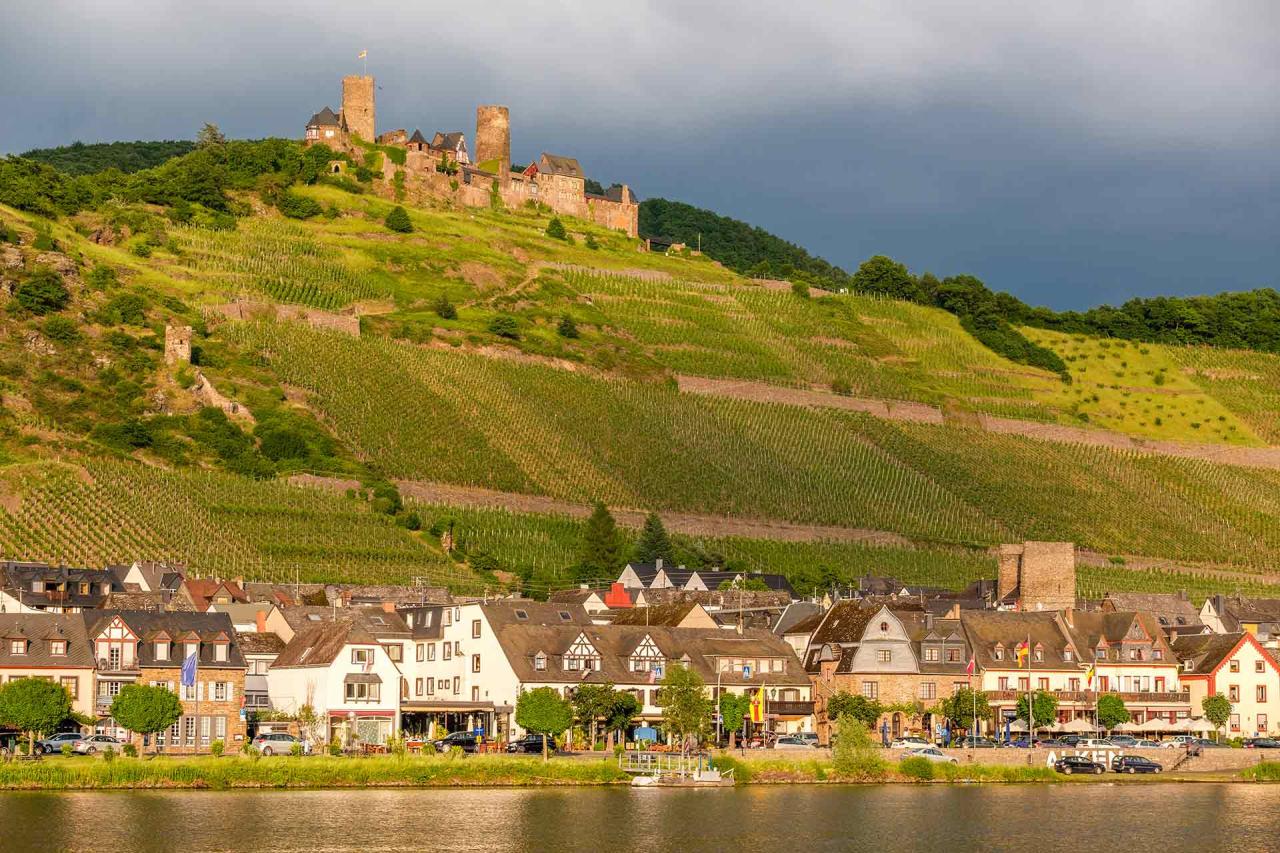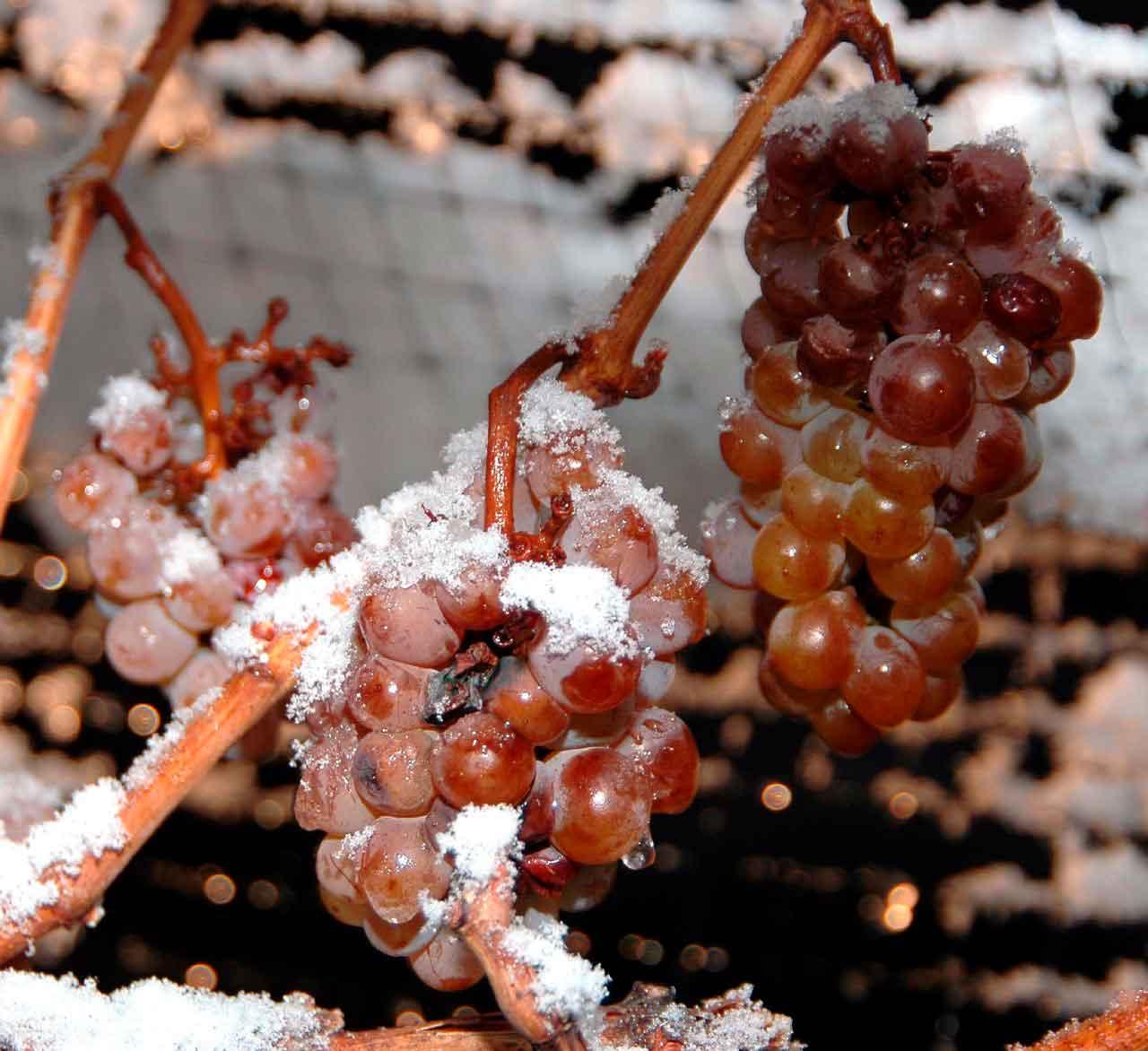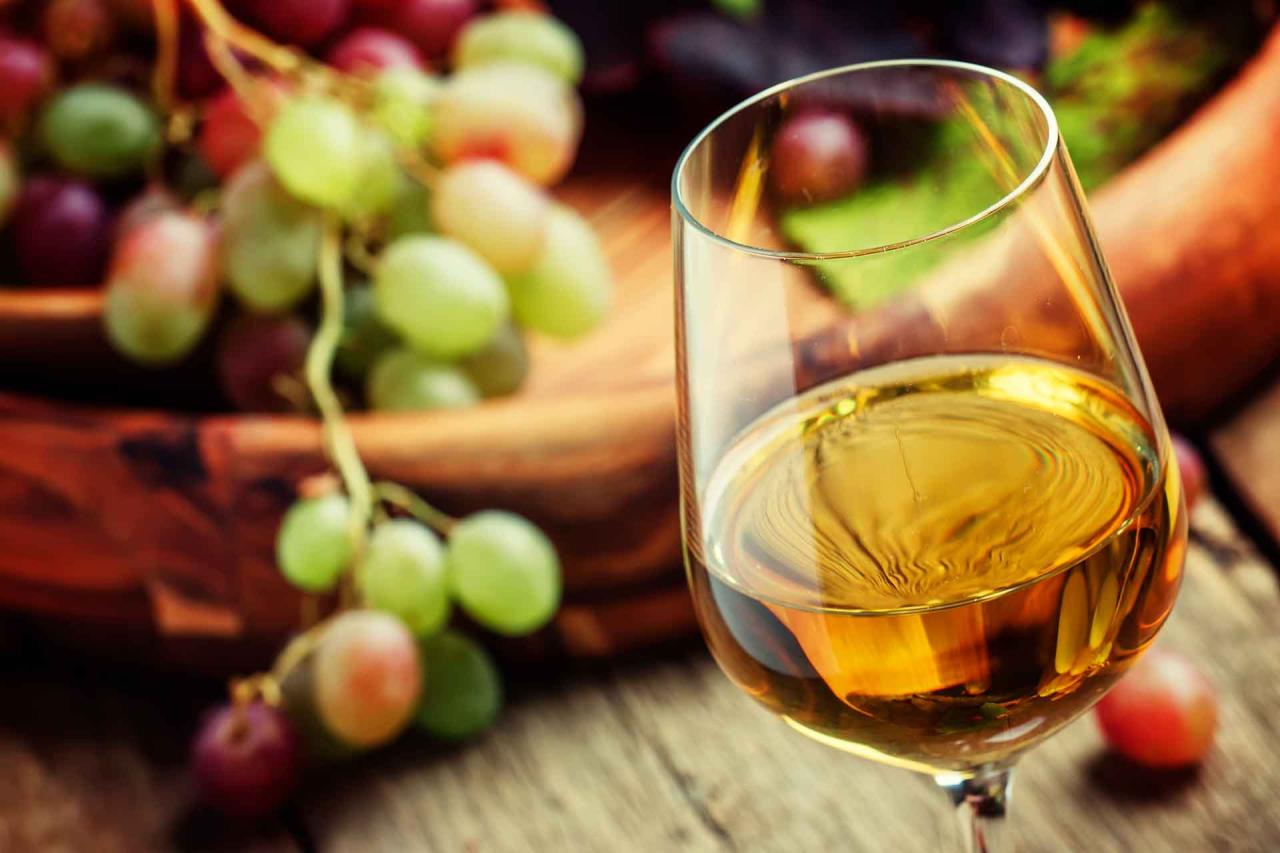Concisely, German sweet wines are so good that they’ve become one of the country’s most significant trends beverage-wise according to experts.
German dessert wines are varied, and not all of them are equally sweet. Late harvest German wine might not be as sweet as German ice wine (eiswein), and other German sweet wines are just sweet enough to bring a smile to your face while never being cloying.
German sweet white wine names can be a bit complicated, and it’s because the country’s wine classification system is not like those used in France or Italy. Here, the amount of sugar in the grapes determines how winemakers label their wines, which can be confusing!
This quick guide to German dessert wine will cover the most famous wine styles and their labels. We will also explore the complex Prädikat system and talk about some of the rarest wines in the country, such as the famous Riesling Eiswein. Germany is known for its sweet wine, and now you’ll find out why. Let’s talk about all German sweet wine types.
Get updates on the latest posts and more from Wine Bugle straight to your inbox.

What Is a Good Sweet German Wine?
If you’re in a hurry and need a good German dessert wine that won’t break the bank, here it is: Dr. Loosen Riesling Eiswein.
Sweet, crisp, fragrant and very well priced. This wine from a reputable producer in the Mosel region is worthy of the most memorable occasions.
Most German sweet wine on the market is not of the best quality. The lesser German dessert wine is often labeled as Liebfraumilch and sold in blue bottles — it is sweet but lacks aromatic complexity and sense of place, or terroir. Producers often use less-popular grapes for these wines, too, such as Müller-Thurgau, instead of the more rewarding Riesling.
Liebfraumilch was the most popular German wine for decades until people realized German producers could do better.
Good sweet German wine is labeled with a Prädikat; it comes from prestigious regions and is made by talented winemakers. It goes without saying, the best sweet wine in Germany is amongst the most expensive worldwide!
Quality System of German Wines
To learn about German dessert wines, you must first understand the country’s complex labeling terms and wine classification system. German sweet wines are not intuitively easy to understand, but once you get the hang of them, you’ll love them. German sweet wine lives up to its hype.
German wine can fall into one of four categories:
Deutscher Wein (German Wine)
Landwein (IGP equivalent)
Qualitätswein (QbA)
Prädikatswein (QmP)
The best wines are always either QbA or QmP. They come from one of Germany’s thirteen wine regions and check all the right boxes in terms of wine grapes used, their ripeness, and the quality standards used to make the wine. Prädikatswein is the best of the best, but it’s also the priciest German wine category. Still, it’s worth splurging a little for world-class German sweet wines.
All wines, regardless of their category, might display a dryness level on the label:
Trocken (Dry). Wines with up to 9 grams of residual sugar per liter.
Halbtrocken (Off-dry). Wines with up to 15 grams of residual sugar per liter. The term “Feinherb” is a synonym for halbtrocken.
Liebliche (medium sweet). Wines with more than 18 and less than 45 grams of residual sugar per liter.
Süss (sweet). Any wine that doesn’t fall into the Trocken or Halbtrocken category.
These terms are not always printed on the labels, but when they are, they offer insight into what you’re getting in terms of sweetness. For a more reliable way of knowing the wine style inside the bottle, one must understand the Prädikat system.
Prädikatswein
Since ripening grapes is no easy feat in a cold country, Germany has always rewarded wines for their sugar content. That’s why sweet wines are on top of the quality pyramid in the official wine classification. This is unique to Germany and a few neighboring countries, such as Austria – no other wine-producing country considers its sweetest wines as its best wines.
The Prädikat system classifies wine depending on the amount of sugar in the grape must, meaning the crushed grapes. The system, though, doesn’t consider the final sweetness of the resulting wine, which means that wines with a low Prädikat, such as Kabinett, Spätlese and Auslese, are sometimes quite dry!
Lightly Sweet Wines
Kabinett
Wine made with grapes normally picked during harvest. Expect dry to off-dry wines. Depending on the grapes used, most likely Riesling, these wines have floral and white fruit scents and can be mineral on the palate. Kabinett wines have residual sugar, but the high acidity, proper for wines made in cold climates, balances the sweetness, making these wines taste dry.
Wine to try: Egon Muller Scharzhofberger Riesling Kabinett
Spätlese (Late harvest)
Wine made with late harvested grapes. Although the grapes used for these wines are relatively sweet, producers can ferment them to dryness, and they often do. Spätlese wines are not necessarily sweet. The term Trocken, along with the Prädikat are good indicators that you are dealing with a dry late-harvested wine.
Wine to try: Joh. Jos. Prum Wehlener Sonnenuhr Riesling Spatlese.
Auslese (Select harvest)
Wine made with hand-selected late-harvested, very ripe grapes. Auslese wines tend to be intensely aromatic and have impressive concentration. These wines are not always sweet, but most of them are at least semi-sweet.
Wine to try: Weingut Donnhoff Niederhauser Hermannshohle Riesling Auslese Goldkapsel
Very Sweet German Wines (Late harvest German wine)
Beerenauslese (Berry select harvest)
Wine made with individually selected over-ripe grapes that already show signs of being infected by the noble rot (See below for an explanation of the noble rot). These wines are always extraordinarily sweet and display ripe fruit and honey on the nose and palate.
Wine to try: Markus Molitor Zeltinger Sonnenuhr Riesling Beerenauslese
Trockenbeerenauslese (Dry berry select harvest)
Wines made with grapes picked when over-ripe and dry. Most of these grapes are affected by the noble rot that produces luscious, age-worthy wines. Honeyed fruit scents, dried fruit and flower nectar are typical descriptors for the category. These are the sweetest wines in Germany.
Wine to try: Dr. Hermann Erdener Pralat Riesling Trockenbeerenauslese Alte Reben

Eiswein (Ice wine)
Made with grapes left on the vine to freeze with the first winter frosts. The grapes are picked frozen solid and pressed to separate the ice shards from the sweet juice. Eiswein is never made with grapes troubled by the noble rot, and the wine’s sweetness is similar to what you’d find in a Beerenauslese wine. Eiswein can only be produced in exceptional vintages in rare sites that allow this unique type of winemaking.
Wine to try: Weingut Donnhoff Oberhauser Brucke Riesling Eiswein
Noble Rot
As mentioned above, some of the sweetest German dessert wines are made with grapes affected by the noble rot, but what is it?
The noble rot, also called gray rot when not desired, is a fungus called botrytis cinerea. When the climatic conditions are right, the organism infects vineyards; it grows on the grapes and dries them by leaching out their water content. The result is shriveled and moldy grapes with high acid and sugar concentrations. When turned into wine, you get some of the sweetest yet balanced wines in the world.
The problem with the noble rot is that it is hard to predict, as it won’t grow every vintage or in every vineyard. In fact, the fungus infects individual grapes and not whole bunches, so grape growers must pick the grapes individually, often in several passes, making the wine incredibly labor-intensive and costly.
Wine to try: Egon Muller Scharzhofberger Riesling Trockenbeerenauslese
Straw Mat Wines (Strohwein)
Although rare, German producers can make strohwein. This specialty is made with grapes picked at peak maturity and air dried, traditionally in straw mats, now in controlled environments.
As the grapes dry, they lose moisture and gain sugar and acid concentration. Strohwein used to be more prevalent in Germany, but it is now nearly inexistent. Neighboring Austria is now the leading source of this extraordinary wine. Austria’s own Prädikat classification system even includes strohwein as an official category. The wine type has the same sugar levels as Beerenauslese wines.
Wine to try: Weingut Hans Johann Schwarz Gold Muskat Strohwein (AUSTRIA)
Conclusions
German wine is more than sweet wine, but the country’s dessert wines are still their most iconic styles. Recognizing the wine’s sweetness level by reading the often-complicated German wine labels is a fantastic skill that will help you refine your search in your quest to find the finest sweet wines in the world.
German dessert wines are world famous, and the quality is unmatched. Don’t be surprised to see sweet German wines on the list of the most expensive wines on the planet but fear not. There’s delicious wine in the German repertoire for every budget and occasion.
Eiswein photo by Dominic Rivard

